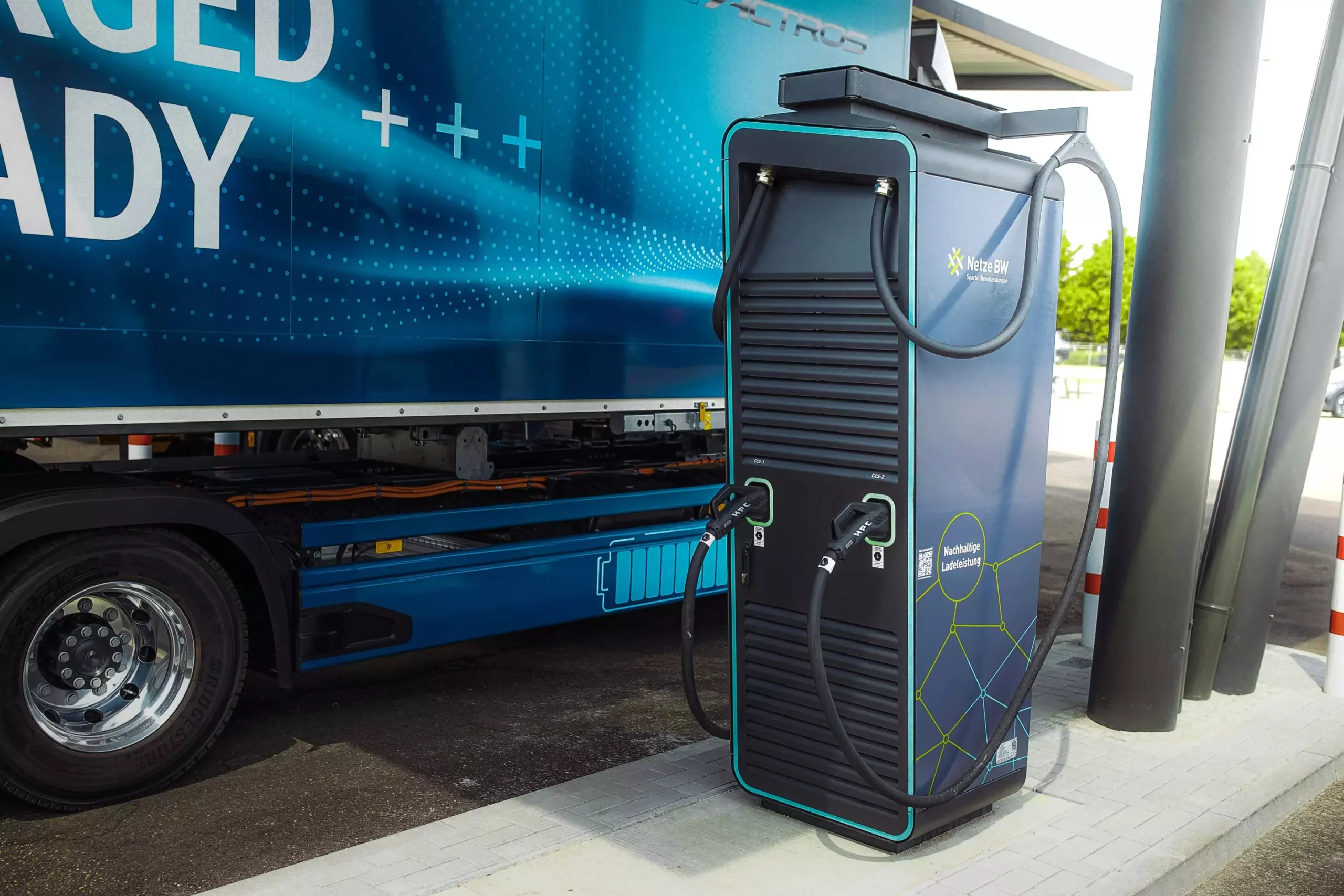The transport sector in Australia is currently the third-largest source of emissions, and it is also the fastest-growing. In fact, without intervention, it is projected to become the leading source of emissions by the year 2030. The recent increase in transport emissions by 3.6% from 2022 to 2023 is a concerning trend, especially when considering that on-road diesel emissions, which dominate the freight sector, rose by 3.7%. The growth in diesel vehicle numbers, particularly in freight trucks, is staggering, with an 84% increase since 2014 compared to only 5% growth for petrol vehicles.
One of the most effective ways to address these rising emissions is through the electrification of vehicles, particularly in the passenger car and freight truck sectors. While the transition to electric cars is relatively straightforward, the challenge lies in decarbonizing freight trucks. Research has shown that electric trucks outperform hydrogen trucks in terms of emissions intensity, with some cases showing two to three times lower emissions for electric trucks. This highlights the urgent need to adopt electric vehicles in the road freight sector to meet emission reduction targets.
In order to fully understand the impact of different truck technologies on emissions, a comprehensive life cycle assessment is necessary. This analysis considers not only the emissions produced during the operation of the trucks but also those generated during the production, use, and disposal phases. The study compared electric and hydrogen trucks across various scenarios of renewable energy mixes and adoption rates to determine the most sustainable options.
While hydrogen trucks offer zero tailpipe emissions, the process of producing hydrogen presents challenges in terms of emissions. Currently, the majority of hydrogen production relies on fossil fuels, resulting in significant emissions. Even when produced using renewable sources, the process of electrolysis and subsequent storage and delivery of hydrogen incurs energy losses at each step. This results in a lower efficiency compared to battery electric trucks, with only 38% of the source energy remaining to drive the wheels of a hydrogen truck.
Despite the environmental benefits of low-emission trucks, there are significant barriers to their adoption in the transport sector. High upfront purchase costs, total ownership expenses, and a lack of supporting infrastructure present challenges for operators. Additionally, concerns about customer willingness to pay more for green freight services further complicate the transition to low-emission trucks. Addressing these barriers will require a mix of industry interventions and policies, including investment in truck manufacturing, emission standards, infrastructure development, and incentives.
Ultimately, reducing emissions in the transport sector requires a holistic approach that goes beyond fleet decarbonization. Strategies such as managing demand through pricing and taxation, shifting freight to rail, and optimizing distribution processes are essential to achieving emission reduction targets. Without these measures, Australia’s reliance on fossil fuels will continue to deepen, making it increasingly challenging to meet emission goals.


Leave a Reply